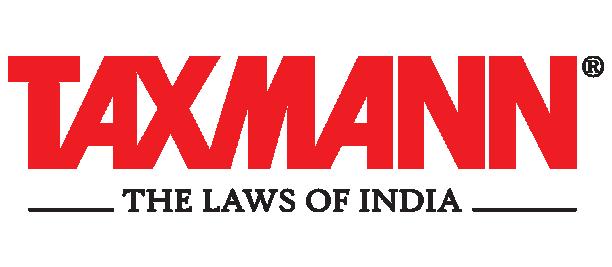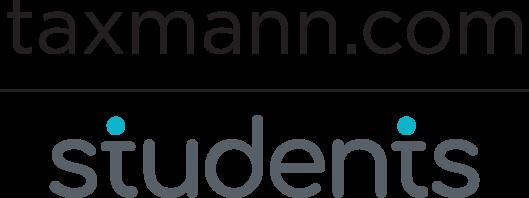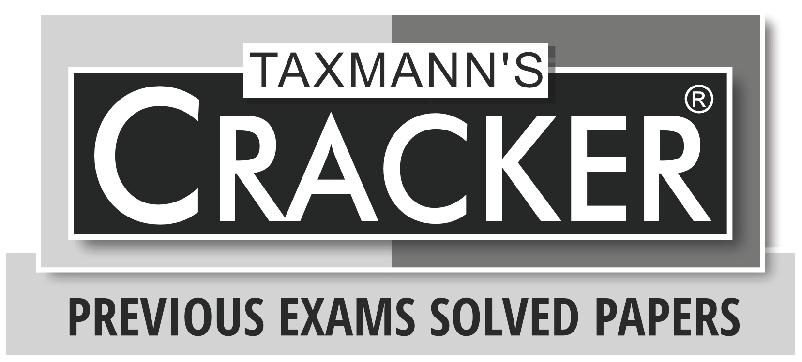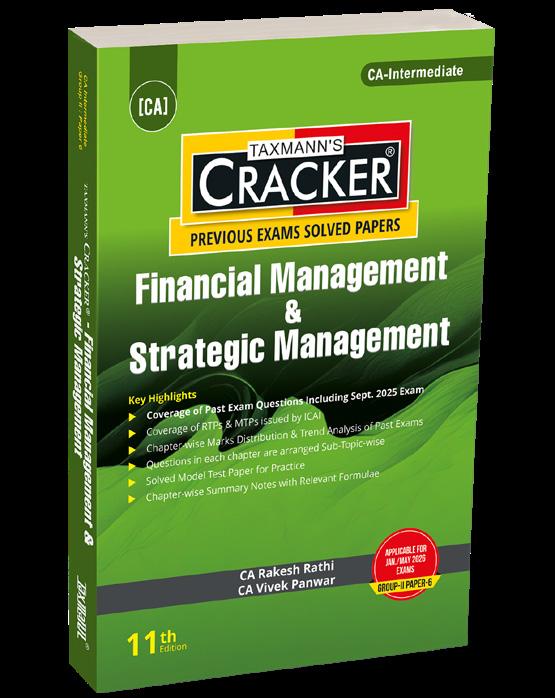









SUMMARY
1. Cost of Capital: Cost of capital is the return expected by the providers of capital (i.e. shareholders, lenders and the debt-holders) to the business as a compensation for their contribution to the total capital. Cost of capital is also known as ‘cut-off’ rate, ‘hurdle rate’, ‘minimum rate of return’ etc.
2. Components of Cost of Capital: COMPONENTS OF COST OF
3. Cost
of
Debt
(
Kd
):
COST OF DEBTS (Kd)
Irredeemable Redeemable
Kd = () ⎡⎤ ⎣⎦ × 11-t 100 NP
Here,
I = Amount of Interest
NP = Net Proceeds
Alternatively: When FV = NP
Kd = Rate of Interest (1 - t)
In Lump-sum In Instalments
(1) Approximation Method:
(a) Kd =
× 100 or
(b) Kd =
(2) YTM Method; Kd = L + L
(a) Cost of Irredeemable Debenture: Kd = I(1t) NP × 100
Where,
I = Amount of Interest
t = Tax rate
× (H - L)
YTM Method only : Kd = L+ L
NP = Net Proceeds of Debenture or Current Market Price
Note: If Face Value of Debenture equal to Net Proceeds then Kd = Rate of Interest (1 – t)
(b) Cost of Redeemable Debenture (in Lump sum): Approximation Method:
Kd = ( ) ⎛⎞ −+ ⎜⎟ ⎝⎠ + RVNP I1t n RVNP 2 × 100 Or =
⎝⎠ + RVNP I1t n RVNP 2 × 100
× (H – L)
Where, I = Amount of Interest.
RV = Redemption value of Debenture
NP = Net Proceeds of Debenture or Current Market Price
n = Remaining Life of Debenture
Present Value Method (PV)/Yield to Maturity Method (YTM):
Kd = IRR = L + L LH NPV
× (H - L)
(c) Cost of Redeemable Debenture (in Instalments):
Kd = IRR = L + L
(d) Cost of Zero Coupon Bonds (ZCB):
Kd = n RV 1 IP
Where, I = Amount of Interest.
RV = Redemption value of Debenture
IP = Issue Price of Bond
n = Life of Bond
Note:
× (H - L)
In case of convertible debenture use convertible value in place of redemption value of debenture.
If nothing is specified, issue price, redemption value etc. assumed to be equal to face value.
If nothing is specified, flotation cost assumed to be linked with “face value or issue price whichever is higher”.
4. Cost of Preference Share Capital (K p):
(a) Cost of Irredeemable Preference Share:
K p = PD NP × 100
Where,
PD = Amount of Preference Dividend
NP = Net Proceeds of Preference Share or Current Market Price of Preference Share
Note: If Face Value of Preference Share equal to Net Proceeds then
K p = Rate of Preference Dividend
(b) Cost of Redeemable Preference Share (in Lump sum):
Approximation Method:
Where,
PD = Amount of Preference Dividend
RV = Redemption value of Preference Share
NP = Net Proceeds of Preference Share or Current Market Price of Preference Share
n = Remaining Life of Preference Share
Present Value Method (PV)/Yield to Maturity Method (YTM): K p = IRR = L +
× (H - L)
(c) Cost of Redeemable Preference Share (in Instalments):
Note:
In case of convertible preference share use convertible value in place of redemption value.
If nothing is specified, issue price, redemption value etc. assumed to be equal to face value.
If nothing is specified, flotation cost assumed to be linked with “face value or issue price whichever is higher”.
5. Cost of Equity Share Capital (K e):
COST OF EQUITY SHARE CAPITAL (Ke)
Dividend Price Approach
K e = 0 D P × 100 or In Case of New Issue :
K e = D NP × 100
(a) Dividend Price/Yield Approach:
K e = 0 D P × 100
Where,
D = Expected/Current Dividend
P0 = Current Market Price of Equity Share
Assumption: Constant Dividend
(b) Earning Price/Yield Approach:
K e = 0 E P × 100 Where,
E = Expected/Current EPS
P0 = Current Market Price of Equity Share
Assumption: Constant EPS
(c) Growth Approach or Gordon’s Model:
D1 = D0 (1 + g) = Expected DPS
P0 = Current Market Price of Equity Share
g = Constant Growth Rate of Dividend
Note:
In case of fresh issue of Equity shares (New Shares), Net Proceeds from equity share {(Issue price - Issue expenses/Flotation cost) or (P - F)} is used in place of current price of share.
If nothing is specified, flotation cost assumed to be linked with “face value or issue price whichever is higher”.
Estimation of Growth Rate:
(a) Average Method: Growth rate = 0 n n D D - 1
D0 = Current Dividend
D n = Dividend in n years ago
(b) Gordon’s Growth Model: g = b × r
r = Rate of return on fund invested
b = Earning retention ratio
(c) Realised Yield Approach:
K e = Average rate of return realised in past few years = IRR or Geometric mean
(d) Capital Asset Pricing Model (CAPM):
K e = Rf + ß (Rm - Rf)
Rf = Risk Free Rate of Return
R m = Rate of Return on Market Portfolio
R m - Rf = Market Risk Premium
ß = Beta coefficient
6. Cost of Retained Earnings (K r): After tax return to shareholder if he invest elsewhere.
Formulae:
K r = K e (of existing investors)
K r = K e (1 - tp) (In case of personal tax)
K r = K e (1 - tp) (1 - f) (f is rate of flotation cost)
7. Weighted Average Cost of Capital (K0): WACC is also known as the overall cost of capital of having capitals from the different sources as explained above. WACC of a company depends on the capital structure of a company. Weighted average cost of capital is the weighted average after tax costs of the individual components of firm’s capital structure. That is, the after tax cost of each debt and equity is calculated separately and added together to a single overall cost of capital. It can be calculated by using either Book Value weights or Market Value weights.
Capital Structure (a)
Note: Market Value of equity has been apportioned in the ratio of Book Value of equity and retained earnings when Market Value weights are used.
8. Marginal Cost of Capital (MCC): The marginal cost of capital may be defined as the cost of raising an additional rupee of capital. Marginal cost of capital is derived, when the average cost of capital is calculated using the marginal weights.
FORMATS AND FORMULAS
COST OF DEBENTURE (Kd)
Perpetual
Redeemable (Approximation Method)
(1) NP (Net proceeds) :
Interest (1-t)/NP × 100
Interest (1-t) + (RV-NP/N) × 100
RV + NP/2
Issue price or selling price – flotation cost
Or Market price – Flotation cost
Or Face value – Flotation cost Or 100 – Flotation cost
(2) RV (Redeemable value): Given Or Face value Or 100
(3) N = Maturity period. If not given means debenture is perpetual
(4) t = Tax rate
COST OF CONVERTIBLE DEBENTURE
Cost of convertible debenture
Approximation method or YTM method
In case of convertible debenture, only different calculation is of Redeemable value. Redeemable value calculation = No of shares per debenture x Market price per share at the time of conversion.
YIELD TO MATURITY METHOD (Kd)
Step 1
Step 2
Step 3
Step 4
Calculate Net proceed per share or debenture. It is cash inflow
Calculate Interest (1-t) for every year up to maturity (Debenture)
Calculate Redeemable value. It is terminal cash outflow
Calculate IRR. IRR is Kd
COST OF PREFERENCE SHARE CAPITAL (Kp)
Perpetual
Redeemable (Approximation Method)
Preference Dividend/NP × 100
Preference dividend + (RV-NP/N) × 100 RV + NP/2
(1) NP (Net proceeds): Calculate Same as in cost of debenture
(2) RV (Redeemable value): Calculate same as in cost of debenture
(3) N = Maturity period. If not given means preference share is perpetual
YIELD TO MATURITY METHOD (Kp)
Step 1
Step 2
Step 3
Step 4
Calculate Net proceed per share or debenture. It is cash inflow
Calculate Preference dividend for every year up to maturity (share) It is annual cash outflow
Calculate Redeemable value. It is terminal cash outflow
Calculate IRR. IRR is Kp
COST OF LOAN (Kl)
Cost of Loan Interest Rate (1-t)
COST OF EQUITY SHARE CAPITAL (Ke)
CAPM Rf + (Beta × Average market risk premium)
Dividend Growth Approach (D1/NP × 100) + g
Earnings Price Approach E/NP × 100
Dividend Price Approach D1/NP × 100
(1) NP (Net proceeds): Calculate same in cost of debenture
(2) D1 (Expected dividend per share):
Given
Or D0 (1 + g)
(3) g (Growth rate):
Given
Or Calculate on the basis of past years trend of dividend or earnings Or Rate of return × Retention ratio
(4) Rf = Risk free rate of return
(5) If question is silent, use dividend growth approach to calculate Ke
REALIZED YIELD APPROACH FOR Ke
Step 1 Present market price is Cash outflow
Step 2 Dividend per share is cash inflow for every year
Step 3 Market price per share given for future is terminal value
Step 4 Calculate IRR. IRR is ke
COST OF RESERVE AND SURPLUS (Kr)
Cost of reserve & surplus Ke (1 – Shareholder tax rate)
(1) For Kr calculation, Flotation cost is not to be deducted from net proceeds.
(2) Shareholder or personal tax rate if given in question, then only it is adjusted.
(2) If flotation cost and shareholder tax rate not given, Ke = Kr.
WEIGHTED AVERAGE COST OF CAPITAL
Equity share capital
Preference share capital
Debenture
Loan Reserves
(1) Book value of loan and market value of loan is same
(2) When WACC is calculated on market value weight, Market value of equity share is to be apportioned between Equity share and Reserve in their book value ratio.
(3) If question is silent, calculate WACC on the basis of book value weight.

